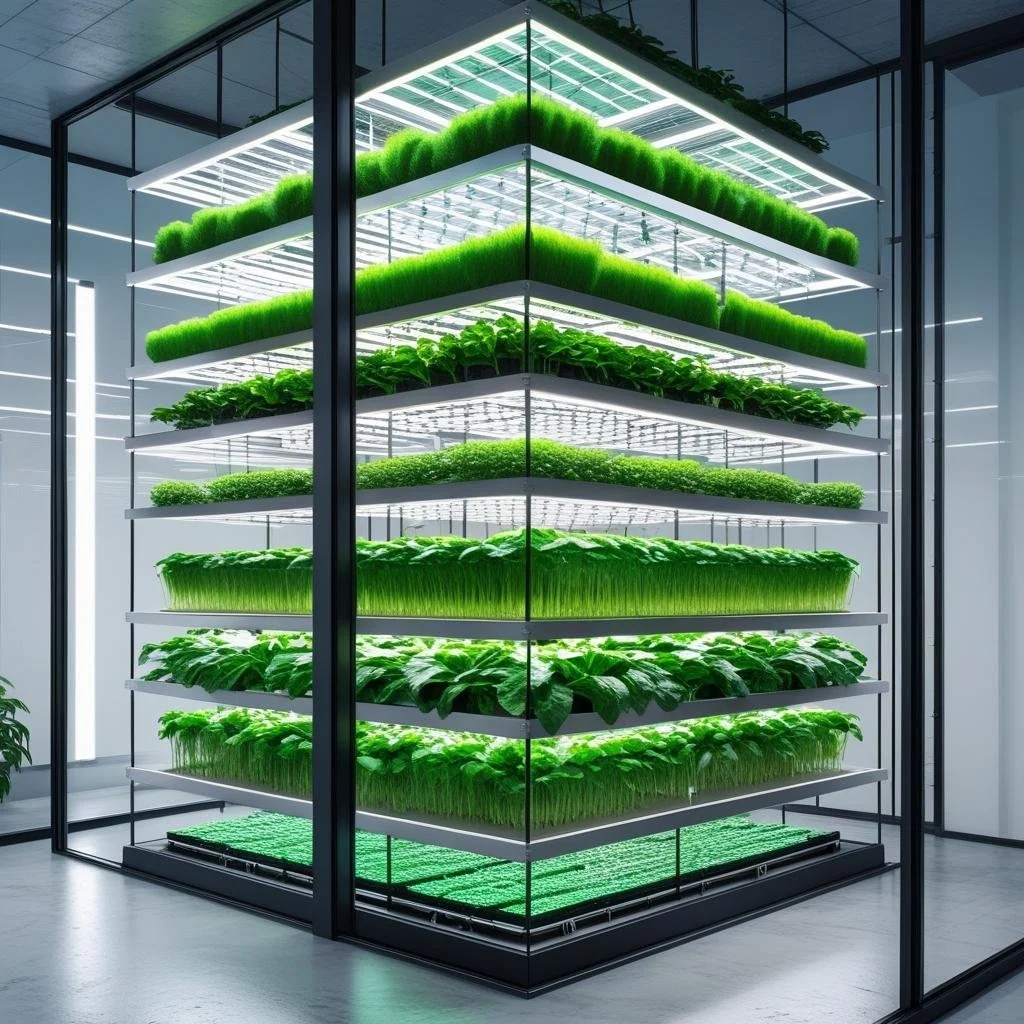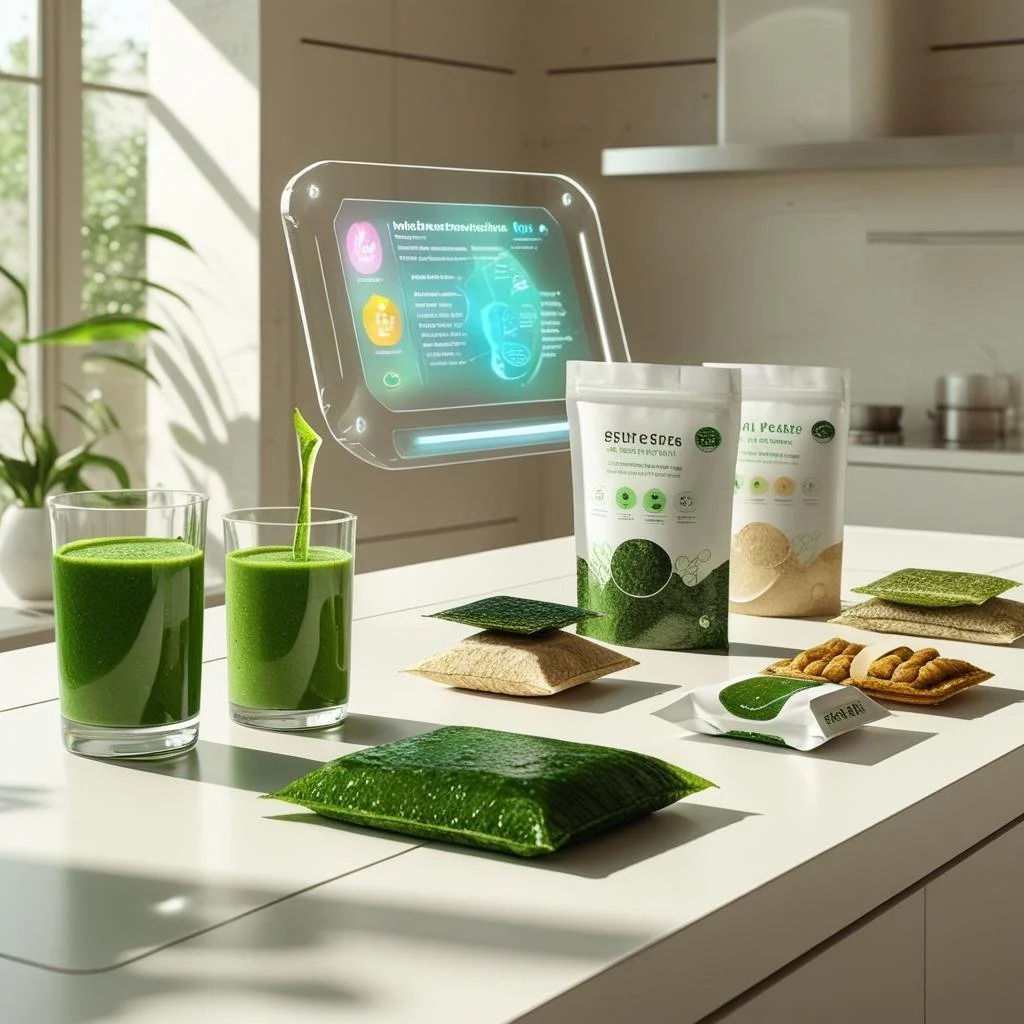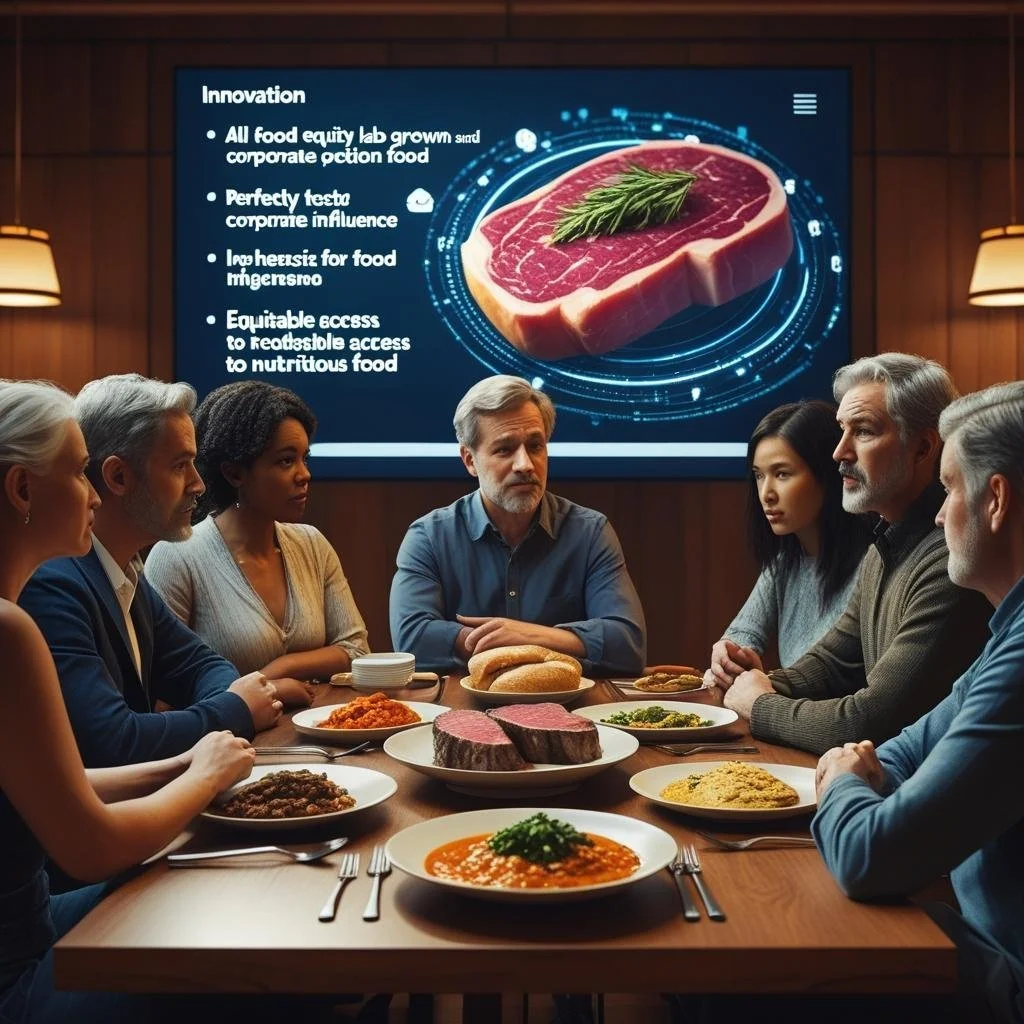The Future of Food: What Will Be on Our Plates in 2050?
As the global population races toward 10 billion by mid-century, and climate change threatens agricultural stability, one question becomes urgent and universal: What will we eat in the future?
From lab-grown meat and insect protein to AI-designed meals and vertical farming, food innovation is accelerating rapidly. This article explores the key pillars shaping tomorrow’s nutrition — grounded in sustainability, health, and technology — and the ethical dilemmas that accompany them.
1. Alternative Proteins: Feeding the World Without the Cow
Traditional meat production is responsible for nearly 15% of total global greenhouse gas emissions, making it a major contributor to pollution, excessive water consumption, and agricultural land degradation. In an effort to feed a growing global population without compromising the planet’s health, scientists and culinary innovators are turning to groundbreaking solutions.
Edible insects – such as crickets and mealworms – are rich in protein, iron, and omega-3 fatty acids, while requiring very few resources to raise.
Lab-grown meat – produced by multiplying animal cells in bioreactors – removes the need for slaughter and can significantly reduce environmental impact.
Plant-based meat substitutes, such as those from Beyond Meat and Impossible Foods, closely replicate the taste and texture of conventional meat using soy, pea protein, and heme-based molecules.
Widespread adoption of these alternatives could reduce water consumption by up to 90%, land use by 99%, and greenhouse gas emissions by more than 80%, marking a significant step toward a truly sustainable food system.
2. Vertical Farming & Hydroponics: Revolutionizing Urban Agriculture
As available farmland shrinks due to urbanization, climate change, and soil degradation, innovative solutions are moving agriculture from open fields into buildings. Vertical farms use stacked layers of crops grown in environments where temperature, humidity, and light are precisely controlled, often integrated into urban architecture—ranging from converted warehouses and office buildings to skyscrapers dedicated entirely to farming.
Hydroponic systems (growing plants in nutrient-rich water) and aeroponic systems (growing plants in air and misted with nutrient solutions) allow crops to thrive without soil, reducing reliance on arable land and enabling year-round production. These methods can significantly increase yield per unit area, cut water consumption by up to 95%, and eliminate the need for pesticides thanks to their controlled conditions.
Beyond environmental benefits, vertical farms can be located close to consumption centers, reducing transportation costs and emissions. In an increasingly urbanized world, this form of agriculture could become a key pillar of global food security.
3. Personalized Nutrition: Food Tailored to Your DNA
Modern nutrition is moving toward an unprecedented level of personalization, where food science merges with genetics, biotechnology, and data analysis. Instead of general dietary guidelines, emerging technologies enable the creation of nutrition plans tailored to each person’s unique biological profile.
DNA-based diets – genetic tests that identify how your body metabolizes carbohydrates, proteins, and fats, helping determine the optimal macronutrient balance for health and performance.
Microbiome-driven nutrition plans – diets adjusted according to the diversity and balance of gut bacteria, with a direct impact on digestion, immunity, and daily energy levels.
3D-printed meals – precisely engineered dishes designed to match caloric needs, nutrient requirements, and even flavor preferences, valuable for both elite athletes and individuals with specific medical needs.
In this new context, the chef of the future will not only be a master of flavor, but also a data analyst—able to interpret biological information and serve health… on a plate.
4. Smart & Sustainable Foods: Eating with the Planet in Mind
Tomorrow’s food is not just about health benefits but also about environmental responsibility, leveraging innovations that reduce ecological impact and promote sustainability.
Algae and seaweed are fast-growing, nutrient-rich sources capable of absorbing significant amounts of atmospheric carbon. They are incorporated into products like nutritious smoothies, healthy snacks, and protein powders, offering an eco-friendly alternative to traditional protein sources.
Edible packaging, made from natural materials such as seaweed, rice, or starch, provides an innovative solution to plastic pollution by fully decomposing without leaving toxic residues.
AI-generated recipes — platforms like IBM’s Chef Watson or Google DeepMind — can create optimized menus that balance flavor, nutritional value, and ingredient sustainability, opening new horizons in gastronomy.
By adopting these trends, consumers and producers can elegantly meet both environmental and culinary demands, shaping the future of food.
5. Ethical and Cultural Challenges
Although innovations in food technology offer exciting possibilities for sustainability and nutrition, they also raise complex ethical and cultural dilemmas that must be addressed to ensure fair and responsible adoption.
Consumer acceptance remains uncertain, as many people may hesitate to embrace eating insects or lab-grown meat due to cultural preferences, food traditions, or psychological barriers.
Power and control over emerging food technologies pose questions about ownership and influence. Centralized control by large corporations could marginalize small farmers and disrupt traditional agricultural economies.
Equity and access are critical: ensuring that these innovations do not exacerbate global inequalities but rather improve food security worldwide. Policies and regulations must prevent monopolistic practices that limit availability or affordability.
To truly transform the food system, ethical considerations must be integrated from the outset, guiding innovation toward inclusivity, transparency, and sustainability.
6. The Role of Chefs in Shaping the Future
Chefs are evolving beyond traditional cooking roles to become key innovators in the future of food. By collaborating closely with food scientists, climate specialists, and software developers, they harness technology and sustainability principles to transform culinary arts.
They design menus that incorporate novel, sustainable ingredients, appealing to increasingly environmentally conscious consumers.
They champion zero-waste kitchen practices and carbon-neutral cooking methods, minimizing the environmental footprint of food preparation.
Through storytelling, social media engagement, and immersive gastronomy experiences, chefs educate the public about the importance of sustainable and innovative food choices.
As this trend continues, the kitchen may increasingly resemble a laboratory, where creativity, science, and sustainability intersect to shape what and how we eat.

A Delicious Revolution
The food on our plates in 2050 will be the result of today’s bold experiments and choices. As chefs, consumers, and citizens, we must embrace innovation while honoring culture, ethics, and the environment.
The future of food isn’t synthetic — it’s sustainable, smart, and possibly even tastier than what we have today.







